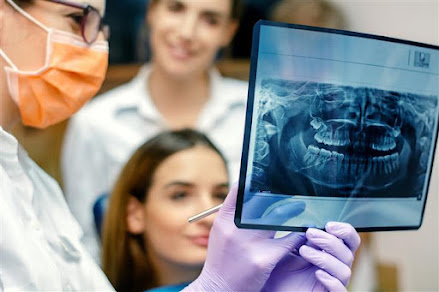Mid-life structural changes to the jawbone may signal subsequent height loss in women, according to a new research published in the journal BMJ Open.
Advancing skeletal deformation and/or degenerative processes including osteoporosis, along with fallen arches in the feet and altered posture, spinal disc compression or loss, and vertebral fractures are some of the explanations thought to be behind such height loss in women, which tends to speed up over the age of 75 and is associated with increased risks of ill health and death.
Researchers from University of Gothenburg, Sweden, and other Swedish institutes studied the jawbones of 933 women in Gothenburg aged 38, 46 and 54. The women were a part of a larger ongoing study which began in 1968, and they had had health and dental check-ups at least twice over the monitoring period.
They assessed their jawbones’ general bone health by observing cortical erosion, or the loss of the bone’s outer layer, and trabecular sparseness, which is the thinning of the rods in the inner ‘honeycomb’ interior, to understand if these attributes might signal subsequent height loss in middle aged women.
They calculated the women’s reduction in height over three periods of 12-13 years from 1968 to 2005, with the women aging with each observation interval.
On an average, women were found to lose up to 0.9 centimetres (cms), 1 cms, and 2.4 cms in each observation interval, respectively.
Women with severe cortical erosion rose from just over 3 per cent in the first interval, to just over 11 per cent in the second, and just short of 50 per cent in the third.
Prevalence of sparse trabeculation, similarly, had increased from 20 per cent, to 33.5 per cent, to nearly 42 per cent, across the three intervals.
In each of these intervals, height loss was greatest in those with severe cortical erosion and sparse trabeculation.
While cortical erosion providing as a significant predictor of height loss 12 years later, sparse trabeculation could predict significant bone shrinkage over the same period.
The structural jawbone changes in women likely resembled those of their vertebrae, or spinal bones, which might explain the height reduction and are thus, key to height loss as well as osteoporosis, the researchers pointed out.
Dentists, likely to spot these changes in X-rays during routine check-ups, should collaborate with patients’ doctors opening up possible opportunities for prevention, they suggested.
However, being an observational study, no cause and effect relationships could be drawn, they said.







